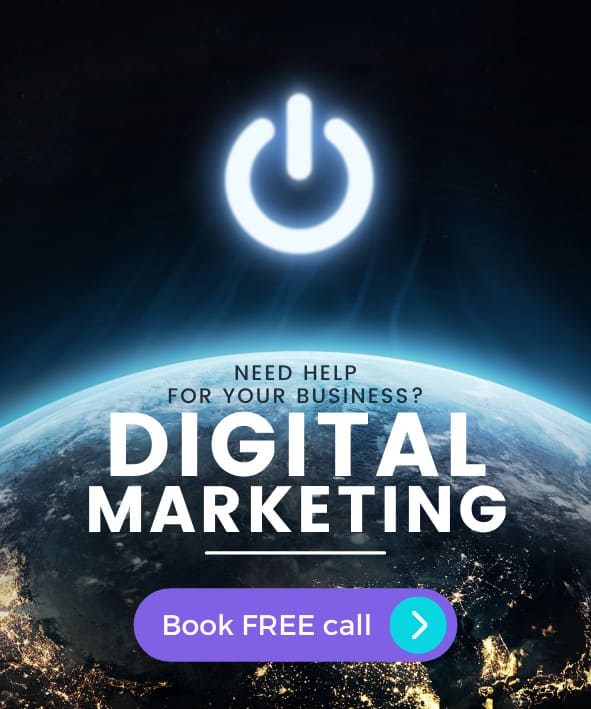During economic downturns, businesses often need to
adjust their marketing budgets to remain competitive and maintain growth.
Adapting your marketing strategy and budget effectively can help you navigate
challenging times while still reaching your audience and achieving your goals.
Here’s a guide on how to adapt your marketing budget during an economic crisis:
1. Reassess Your Marketing Goals
Adjust Objectives:
- Short-Term Focus: Shift your focus to
short-term, achievable goals that align with the current economic climate.
- Prioritize Essential Goals:
Prioritize goals that are critical to maintaining your business operations
and customer relationships.
Example: A retail
store shifts its goal from expanding market reach to retaining existing
customers and maximizing their lifetime value during the crisis.
2. Evaluate Current Marketing Performance
Analyze Effectiveness:
- Performance Metrics: Review the performance
of your current marketing campaigns and channels to identify which ones
are delivering the highest ROI.
- Cut Low-Performing Efforts: Reduce
or eliminate spending on low-performing campaigns and channels.
Example: A software
company reviews its digital marketing metrics and decides to cut back on
underperforming display ads while maintaining investment in high-performing
email marketing campaigns.
3. Optimize Your Budget Allocation
Strategic Spending:
- Core Channels: Focus your budget on core
marketing channels that have proven to be effective and essential for
reaching your target audience.
- Flexibility: Keep a portion of your budget
flexible to adapt to changing circumstances and emerging opportunities.
Example: A B2B
service provider reallocates more budget to content marketing and LinkedIn ads,
which have shown high engagement and conversion rates, while reducing spend on
less effective channels.
4. Embrace Digital Transformation
Cost-Effective Digital Strategies:
- Shift to Digital: Increase investment in digital
marketing strategies, which are often more cost-effective and provide
better tracking and analytics.
- Leverage Automation: Use marketing
automation tools to streamline processes, reduce manual labor, and improve
efficiency.
Example: A local
restaurant pivots to digital marketing by enhancing its social media presence,
offering online ordering, and using email marketing to keep customers informed
about new offerings and safety measures.
5. Focus on Customer Retention
Loyalty and Engagement:
- Retention Programs: Invest in customer retention
programs, such as loyalty rewards, personalized offers, and exceptional
customer service.
- Engagement Campaigns: Run campaigns aimed at
keeping your existing customers engaged and satisfied.
Example: An
e-commerce business launches a loyalty program that rewards repeat purchases
and offers exclusive discounts to loyal customers, helping to retain their
customer base during the economic downturn.
6. Increase Content Marketing Efforts
Value-Driven Content:
- Educational Content: Create and distribute
valuable, educational content that addresses your customers’ needs and
concerns during the crisis.
- SEO Optimization: Focus on SEO to improve
organic search visibility and drive sustainable, cost-effective traffic to
your website.
Example: A financial
advisory firm publishes blog posts and webinars on managing finances during an
economic crisis, providing valuable information that attracts and retains
clients.
7. Negotiate with Vendors
Cost Savings:
- Flexible Terms: Negotiate more favorable terms
with your marketing vendors and service providers to reduce costs.
- Bulk Discounts: Seek bulk purchasing discounts
or long-term contracts that offer better rates.
Example: A small
business negotiates a lower rate with its email marketing platform by
committing to a longer-term contract, saving money on monthly fees.
8. Leverage Low-Cost Marketing Channels
Affordable Alternatives:
- Social Media: Increase organic social media
efforts, leveraging platforms like Instagram, Facebook, and LinkedIn to
engage with your audience at a lower cost.
- Email Marketing: Use email marketing to
maintain direct communication with your customers and keep them informed
about your offerings.
Example: A fitness
center increases its organic social media activities by sharing workout tips
and engaging with followers through live sessions and challenges, reducing
reliance on paid advertising.
9. Monitor and Adapt Continuously
Agile Approach:
- Regular Reviews: Conduct regular reviews of
your marketing strategy and budget to ensure they remain effective and
aligned with your business goals.
- Adjust as Needed: Be prepared to make swift
adjustments based on real-time data and changing economic conditions.
Example: An online
education platform reviews its marketing performance weekly, adjusting its
budget allocation and strategies based on the latest engagement and conversion
data.
10. Invest in Building Relationships
Customer Trust and Loyalty:
- Transparent Communication:
Maintain transparent and empathetic communication with your customers to
build trust and loyalty.
- Community Engagement: Engage with your
community and show support through relevant initiatives and partnerships.
Example: A local
grocery store engages with its community by supporting local food banks and
promoting these efforts through social media, strengthening customer loyalty
and community ties.
Conclusion
Adapting your marketing budget during an economic
crisis requires a strategic and flexible approach. By reassessing your goals,
evaluating current performance, optimizing budget allocation, embracing digital
transformation, focusing on customer retention, increasing content marketing
efforts, negotiating with vendors, leveraging low-cost marketing channels,
monitoring and adapting continuously, and investing in building relationships,
you can navigate challenging economic times effectively. Implement these strategies
to protect your business, maintain customer engagement, and achieve your
marketing objectives despite the economic downturn.











